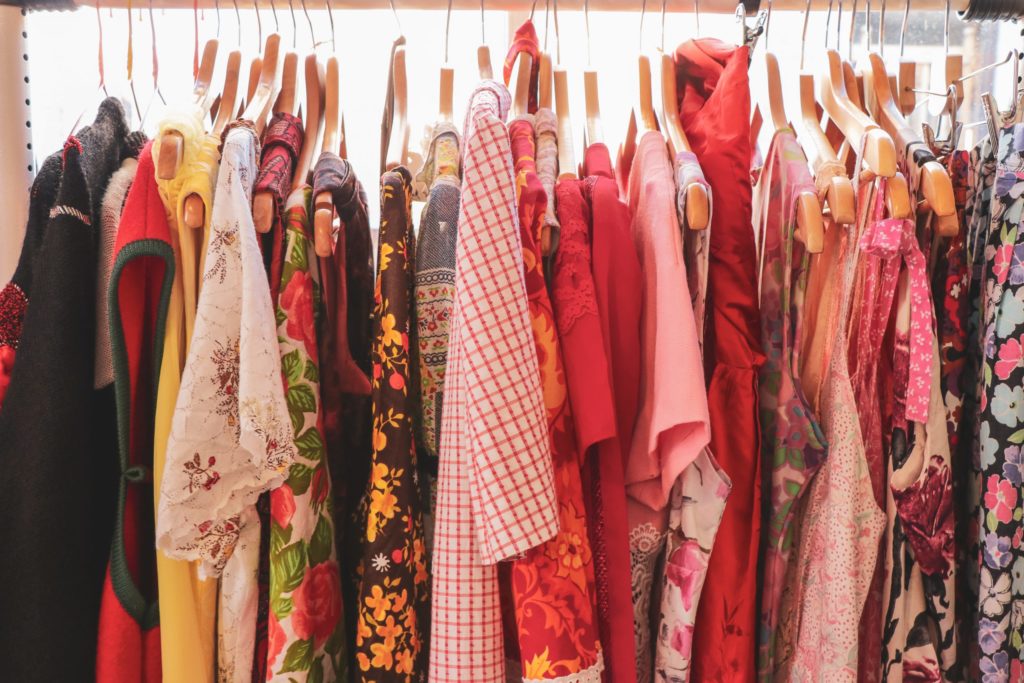How to take care of the planet with sustainable fashion?
As industries worldwide have grown, at the same time, they have adapted their production systems to harm the planet less and less. In this way, as consumers, you also begin to adapt your lifestyle to leave a less noticeable carbon footprint.
Without a doubt, one of the great leading industries is fashion, which although it has had constant changes throughout history, more and more brands are clear that a sustainable product or with less impact on nature is an additional positive aspect to raise awareness of the problem globally.

What is sustainable fashion?
Also known as slow fashion, it has started to make more impact in recent years, because its counterpart, fast fashion began to gain popularity, unfortunately with negative effects on the planet.
We are talking about those companies whose products are of lower quality and therefore have a short life, so the cycle of use of a garment ends soon and it is necessary to buy more clothes. Sustainable fashion, on the contrary, seeks that its products are of better quality so that their life cycle is longer and even that, due to their materials, they can be reused.
Under an even bigger concept, in general, slow fashion seeks 3 main objectives:
- Reduce the impact on the environment.
- Guarantee decent labor rights throughout the life cycle of a garment.
- Circular economy, that is, not only talking about quantity, but also quality.

How to recognize sustainable fashion?
Individually you can do an investigation of the places and brands in which you buy clothes. These are some important points to consider:
- Design: Ask yourself if it is a passing design or if you could really use it in the season of the following year. This is not linked to the creativity and originality that each fashion firm adds to its collections, it is rather focused on the life cycle that we will give to the look which that garment will give us.
- Manufacturing: We may not be able to inspect the production processes with a magnifying glass, but when you see a garment, analyze a bit the origin of its fabrics. Ideally, they should be natural fibers such as cotton, bamboo, or hemp.
- Packaging: Observe how the product is delivered to you, companies must be also clear that reducing this type of environmental impact is an important part of the life cycle of a garment.
Of course, there are many other measures to take care of our planet a little more every day, perhaps a garden at home, compost or redecorate the clothes you have in your closet is a great start.




